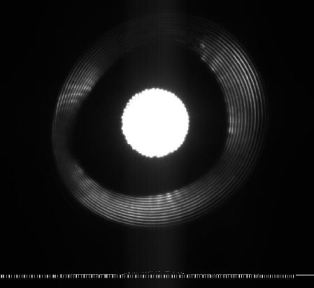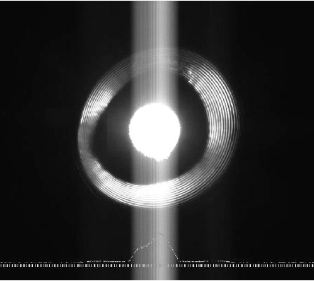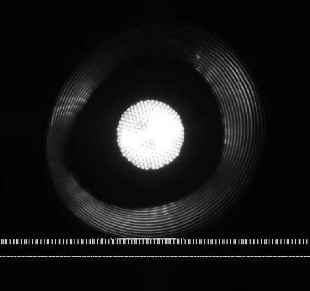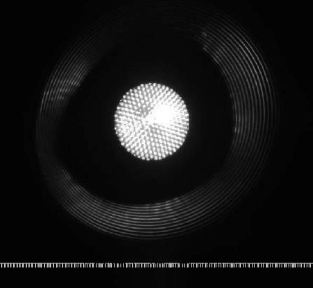|
||||||||||||||||||||||||||||||||||||||||||
|
||||||||||||||||||||||||||||||||||||||||||
Smear performance comparison using various Kodak 35 mm format interline transfer sensors
Comparing the smear performance of Kodak KAI-16000, -16050, -16070 and -29050 sensors
Why do we need to know about
smear?
Some of the highest-resolution cameras are designed using
the KAI-16000, KAI-16070, KAI-16050 and the KAI-29050 sensors and in many
applications, the performance of the interline transfer CCD is hindered
by the smear performance of the sensor.
What is "smear?"
Smear happens when light leaks into the vertical CCD as the image is read
out and is most apparent when the exposure is very small and the read-out
time is very large. This is an issue in aerial-imaging applications because
exposures must be very short in order to limit motion blur, and because
the light source (ie, the sun) is very bright.
Smear is influenced by the design of the interline pixel and some designs
are better than others. Kodak's 5.5um design used in the KAI-16050 and
-29050 sensors) produces an extremely low smear and they list the smear
performance to be 20dB better than their older KAI-11002 and KAI-16000
sensors; the new KAI-16070 boasting a smear performance of 32dB better
than the KAI-16000.
The comparison
Four RMV cameras were tested using the same lens and aperture, the same
light source and working distance. The anti blooming (substrate) bias
was adjusted for each camera to eliminate blooming. Each camera was set
to approximately the same exposure and the smear was qualitatively measured
using the RMV’s built-in line plot feature.
RMV
16MP smear test. 55mm lens at F32. 1ms exposure |
|||
 |
 |
 |
 |
KAI-29050
sensor Pixel size = 5.5 um |
KAI-16000
sensor Pixel size = 7.4 um |
KAI-16070
sensor Pixel size = 7.4 um |
KAI-16050
sensor Pixel size = 7.4 um |
| Note:
Timing diagram are not to scale and certain pulses have been enlarged
to aid the inclusion of labels |
|||
Conclusion
• The new KAI-29050 and KAI-16050
sensors exhibit 10X less smear than the KAI-16000 sensors.
• The the new KAI-16070 sensor exhibits 40X less smear than the
older KAI-16000 sensors.
| The following table shows the smear performance | ||||||
|
KAI-16000 |
KAI-16070 |
KAI-16050 |
KAI-29050 |
|||
| Pixel Size |
7.4 µm |
7.4 µm |
7.4 µm |
5.5 µm |
||
| Smear Spec |
-80dB |
-112dB |
-100dB |
-100dB |
||
| Active Pixels |
4872 |
4864 |
4896 |
6576 |
||
| Active Rows |
3248 |
3232 |
3264 |
4384 |
||
| Pixel Clocks |
30Mhz |
40Mhz |
40Mhz |
40Mhz |
||
| Frame Time |
333ms |
240ms |
240ms |
515ms |
||
| dB |
0 |
-32 |
-20 |
-20 |
||
| Ratio |
1 |
40x less |
10x less |
10x less |
||
| Relative Smear |
1 |
0.025 |
0.1 |
0.1 |
||
Adept Turnkey Pty Ltd are "The Machine Vision and Imaging Specialists" and distributor of Machine Vision products in Australia and New Zealand. To find out more about any machine vision product please email us at: info@adeptturnkey.com.au or call us at Perth (08) 92425411 / Sydney (02) 99792599 / Melbourne (03) 95555621 or use our online contact us page.
|
If you like this page, please recommend and share it. |
|||
| More | |||



